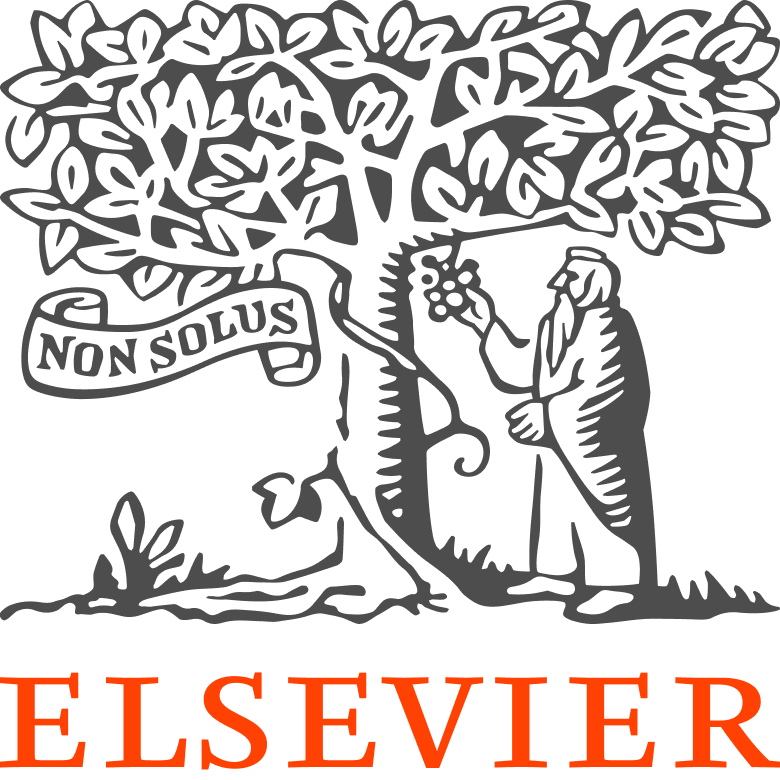How Can We Help?
Next Steps: Your Repository from Setup to LaunchNext Steps: Your Repository from Setup to Launch
Welcome to Digital Commons! Now that you’ve joined the community, what happens next?
Every institution has unique needs. The following outline of a typical setup includes tips at each phase. And remember, our software is fully supported, so feel free to contact your consultant whenever you have questions.
Phase 1: Setup and Design
In this phase, we’d first like to get acquainted and learn more about your goals the first year. We will set up a Kickoff call to hear your needs and resources which will help us to offer tailored examples and advice to support you.
Next, it’s time to get down to nuts and bolts. Your consultant will arrange a time for a Design Tour, a call with you and your team to browse the range of design options before you complete the IR Setup Form and Customization Guide.
It’s helpful to consider in advance:
- The name of your repository.
This may inform your choice of URL, so it is often useful to establish the name early on. - The technical contact for DNS assistance during setup.
We will need to know the URL you would like to use and may need to contact your tech team to create a DNS entry. - Branding guidelines of your institution.
We recommend inviting a representative from Marketing or Communications to confirm guidelines and to help get the word out once the repository is live! - Questions about site organization will be addressed in the next phase, so we may focus the call on your immediate design needs.
Following the Design Tour, you are ready to submit your completed setup form. Your consultant will work with you and our Design team to create up to three mockups (.jpg format) for your review. Once you have selected a mockup, the Design team will implement it and then apply it to the URL indicated.
Phase 2: Content Development
A robust repository reflects the breadth and depth of its institution. While your site design is underway, your consultant will contact you to initiate a Content Tour to discuss content development and on-campus outreach, taking into account the goals and resources of your institution.
In preparation for the Content Tour call:
- Assess the continuum of scholarly content at your institution.
Consider conference proceedings, image collections, electronic theses and dissertations, and special collections in addition to published faculty articles. It is often surprising what content generates the most traffic. The Content Tour will introduce the publication structures available in DC for showcasing various content types. - Include other stakeholders in this initial content discussion.
This is a valuable opportunity to include your dean, director, or department heads in the conversation about repository content. Often, these administrators can open doors to new content and supporters. - Think about content strategically.
Which content is ready to upload right away? Would this collection convince other centers or departments to participate? Will its stakeholders help with sharing and promoting the collection? - Establish guidelines for deposit.
Will you provide mediated deposit for authors, and what services will that entail? Determine some basic guidelines for deposit, such as what types of content you’ll include and whether you’ll accept metadata-only entries or embargoes. - Begin to estimate how you’ll organize and showcase future content.
Though many IRs start with just a few “seed” collections, it’s always helpful to have an organizing principle to guide the overall structure of the repository as it grows. For instance, will you showcase content by department, college, or even by subject? Browse some of the other Digital Commons sites to get ideas.
Phase 3: Training
Once you have determined a source of content, we will schedule an initial 60 minute training on how to upload and post the selected content to your repository.
With your content ready to upload, it’s a good time to consider:
- Workflow.
Do you have work study students who can help you? Journal editors? Liaison librarians? Let us train them for you. - Metadata.
In Digital Commons, you can choose to display as little or as much of it as you want, but having the metadata fields in the system will pay off down the line. Your consultant can help you determine how to best map your metadata to Dublin Core for optimized harvesting. - Resources.
Find reference materials for uploading and publishing to each type of publication structure. Participate in the Digital Commons Google Group to find out what other institutions are doing. And, please, continue to ask questions—we are always happy to help!
Post-training, we will make the repository live when you give the go-ahead.
Phase 4: A Successful Repository
Once the repository is live, it’s time to share the news!
- Spread the word to your campus community.
At the start, nothing beats one-on-one conversations. Bring your liaison team onboard to talk to faculty, students, departments, centers, or other units. Take every opportunity to present about the repository—department meetings, brown bag lunches, etc.—and craft e-mail campaigns and leave-behinds. - Demonstrate success.
Collect qualitative and quantitative measures of success as you go. Your consultant will be in touch to schedule a training on the Digital Commons Dashboard, which you can use to pull regular usage reports from the system and check traffic to your repository. Compile an annual report showing the progress and growth of the repository. - Share feedback with your stakeholders.
Send regular reports to deans, directors, and department heads. Make sure e-mail addresses are entered for all authors so they will receive monthly download reports.
Your consultant will continue to be on hand to help build out additional collections, assist with content strategy and best practices, and provide training as needed.
 Digital Commons Help Center
Digital Commons Help Center